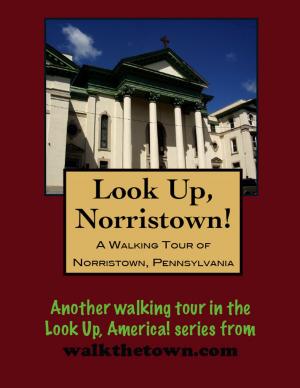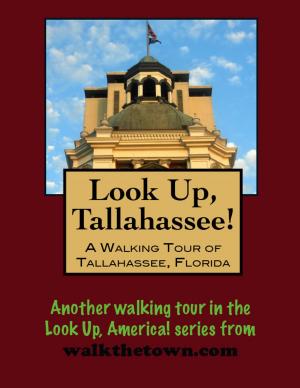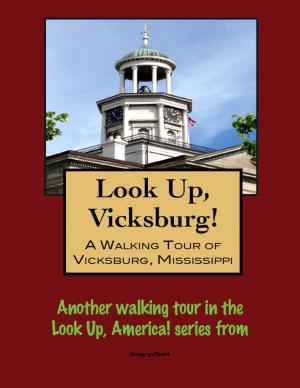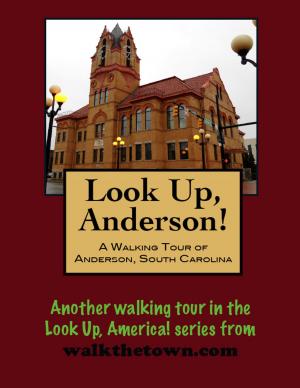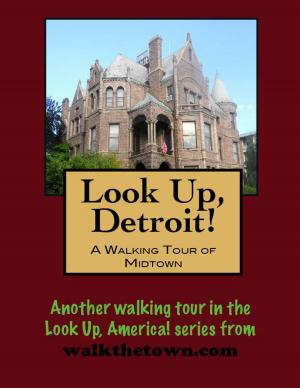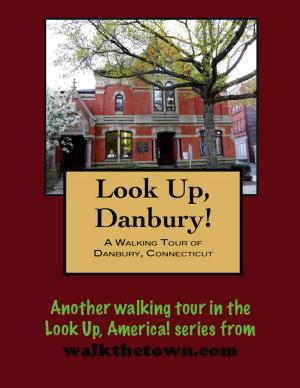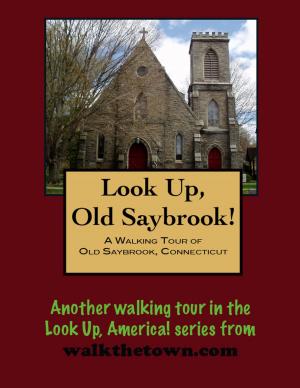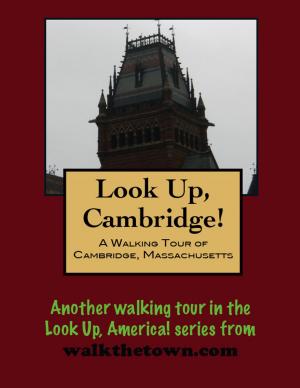| Author: | Doug Gelbert | ISBN: | 9781458057884 |
| Publisher: | Doug Gelbert | Publication: | January 31, 2011 |
| Imprint: | Smashwords Edition | Language: | English |
| Author: | Doug Gelbert |
| ISBN: | 9781458057884 |
| Publisher: | Doug Gelbert |
| Publication: | January 31, 2011 |
| Imprint: | Smashwords Edition |
| Language: | English |
There is no better way to see America than on foot. And there is no better way to appreciate what you are looking at than with a walking tour. Whether you are preparing for a road trip or just out to look at your own town in a new way, a downloadable walking tour is ready to explore when you are.
Each walking tour describes historical and architectural landmarks and provides pictures to help out when those pesky street addresses are missing. Every tour also includes a quick primer on identifying architectural styles seen on American streets.
The land-grant program offered to veterans of the Revolutionary War spurred development of the north bank of the Chemung River in the 1780s. Most of the soldiers sold their interests to land speculators but some packed up and came to carve a homestead out of the wilderness. The hamlet was called Newtown in its formative days at the intersection of Newtown Creek and the Chemung River. The adoption of the name Elmira in 1828 is smothered in the historical muck but local tradition hands down the colorful tale that a rambunctious child’s mother spent so much time calling her name that the townsfolk grew to accept their village as “Elmira.”
The town was kick-started into the national economy with the opening of the Chemung Canal in 1832 that connected the Chemung River here with the rich timberlands surrounding Seneca Lake and thus the new Erie Canal and New York City by water. In the canal building craze that was gripping New York at the time a feeder canal made connections with Corning to the west. In 1836 Chemung County was organized with Elmira the county seat. By 1849, the New York and Erie Railroad was completed to Elmira and was soon crossed by the New York Central in the town. The canvas was now complete for the emergence of Elmira as a transportation center. The New York & Erie Railroad tagged Elmira as the “Queen City of the Southern Tier.”
On Christmas Eve, 1866, a fire destroyed most of the buildings in the downtown area. In retrospect it served mainly to wipe the platter clean before Elmira’s most prosperous period. Between 1870 and 1890 the population doubled. Its superior transportation facilities made Elmira a manufacturing center. There were metal foundries and woolen mills and lumber mills and processing plants for the surrounding dairy region. Other products that poured from Elmira factories included glass bottles, office equipment, tools and wood pipe.
It was also during this period that Elmira welcomed its most distinguished guest, Mark Twain, who married local girl Olivia Louis Landon in 1870. The couple moved to Hartford, Connecticut but returned to the Landon family’s Quarry Farm each summer where Twain authored many of his most famous works, including The Adventures of Huckleberry Finn, in a small writer’s cottage set up on the property. The Samuel Clemens family would be buried in Woodlawn Cemetery and his grave is adorned by a monument 12 feet high or “mark twain,” the expression from which his adopted pen name derived.
The city’s population reached 47,000 in 1930 and essentially stopped growing after that. In June 1972 flood waters from Hurricane Agnes filled buildings along the Chemung River with as much as six feet of water, wiping out most of the downtown area. Many of the buildings that survived the subsequent urban renewal program are civic buildings and it is a fine collection reflecting Elmira’s one-time status as the the most important city in New York’s Southern Tier. But before we visit them our walking tour will begin at the oldest commercial building in the city, one that was standing back when that mischievous Elmira was still alive...
There is no better way to see America than on foot. And there is no better way to appreciate what you are looking at than with a walking tour. Whether you are preparing for a road trip or just out to look at your own town in a new way, a downloadable walking tour is ready to explore when you are.
Each walking tour describes historical and architectural landmarks and provides pictures to help out when those pesky street addresses are missing. Every tour also includes a quick primer on identifying architectural styles seen on American streets.
The land-grant program offered to veterans of the Revolutionary War spurred development of the north bank of the Chemung River in the 1780s. Most of the soldiers sold their interests to land speculators but some packed up and came to carve a homestead out of the wilderness. The hamlet was called Newtown in its formative days at the intersection of Newtown Creek and the Chemung River. The adoption of the name Elmira in 1828 is smothered in the historical muck but local tradition hands down the colorful tale that a rambunctious child’s mother spent so much time calling her name that the townsfolk grew to accept their village as “Elmira.”
The town was kick-started into the national economy with the opening of the Chemung Canal in 1832 that connected the Chemung River here with the rich timberlands surrounding Seneca Lake and thus the new Erie Canal and New York City by water. In the canal building craze that was gripping New York at the time a feeder canal made connections with Corning to the west. In 1836 Chemung County was organized with Elmira the county seat. By 1849, the New York and Erie Railroad was completed to Elmira and was soon crossed by the New York Central in the town. The canvas was now complete for the emergence of Elmira as a transportation center. The New York & Erie Railroad tagged Elmira as the “Queen City of the Southern Tier.”
On Christmas Eve, 1866, a fire destroyed most of the buildings in the downtown area. In retrospect it served mainly to wipe the platter clean before Elmira’s most prosperous period. Between 1870 and 1890 the population doubled. Its superior transportation facilities made Elmira a manufacturing center. There were metal foundries and woolen mills and lumber mills and processing plants for the surrounding dairy region. Other products that poured from Elmira factories included glass bottles, office equipment, tools and wood pipe.
It was also during this period that Elmira welcomed its most distinguished guest, Mark Twain, who married local girl Olivia Louis Landon in 1870. The couple moved to Hartford, Connecticut but returned to the Landon family’s Quarry Farm each summer where Twain authored many of his most famous works, including The Adventures of Huckleberry Finn, in a small writer’s cottage set up on the property. The Samuel Clemens family would be buried in Woodlawn Cemetery and his grave is adorned by a monument 12 feet high or “mark twain,” the expression from which his adopted pen name derived.
The city’s population reached 47,000 in 1930 and essentially stopped growing after that. In June 1972 flood waters from Hurricane Agnes filled buildings along the Chemung River with as much as six feet of water, wiping out most of the downtown area. Many of the buildings that survived the subsequent urban renewal program are civic buildings and it is a fine collection reflecting Elmira’s one-time status as the the most important city in New York’s Southern Tier. But before we visit them our walking tour will begin at the oldest commercial building in the city, one that was standing back when that mischievous Elmira was still alive...

